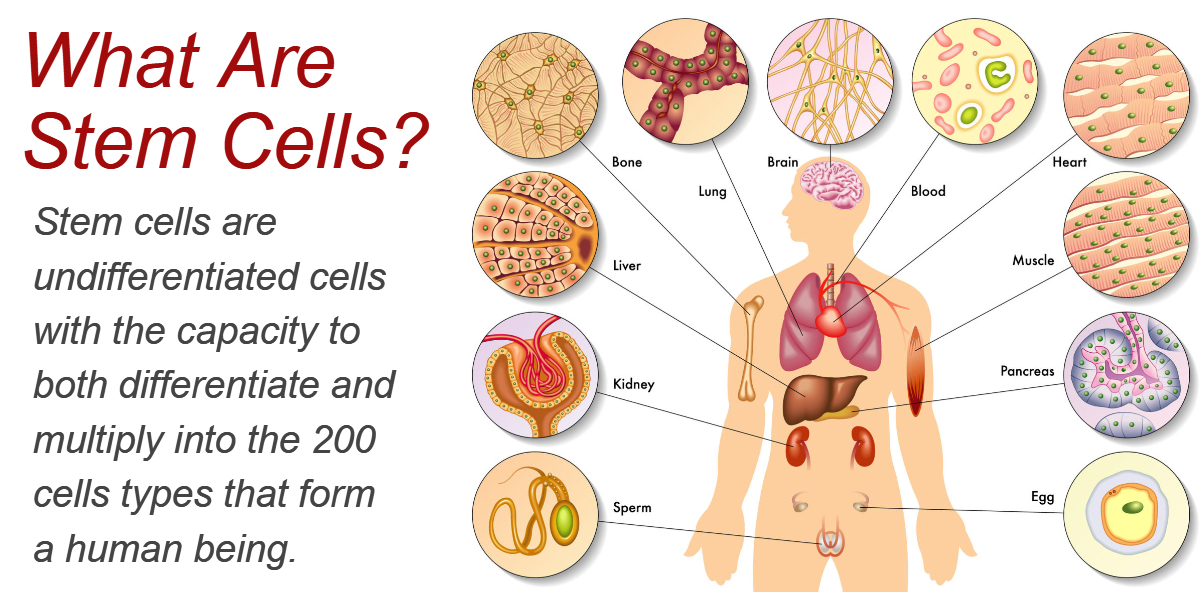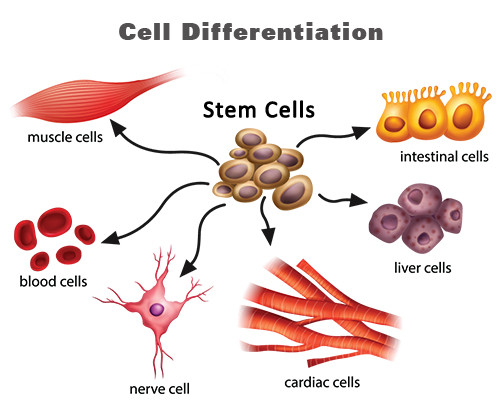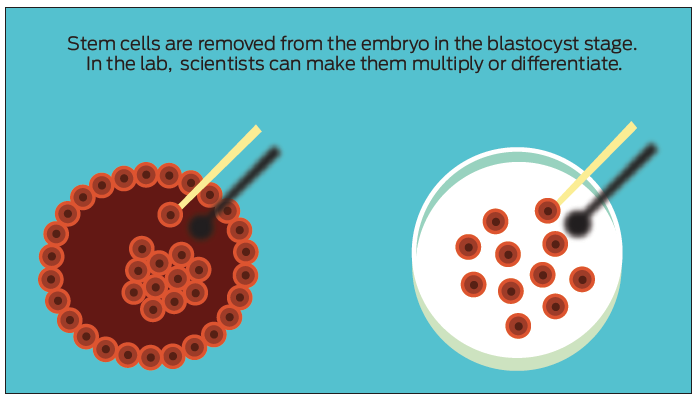What are stem cells? What is stem cell therapy?
What are stem cells?
Stem cells represent the body’s foundational material as they can develop into a range of different cells forms with specialized functions such as brain, heart, blood, or muscle cells. Sometimes, they repair damaged tissues or self-renew, becoming new stem cells. It is worth noting that no other cells in the human body possess the natural power to create new cells types, something which makes stem cells so important and useful.
If you’ve ever investigated cutting-edge new therapies for treating pain, you may have heard of stem cell therapy. Hailed by many as the future of medicine, this minimally invasive treatment could soon be widely adopted to combat a range of serious illnesses. So, what exactly are stem cells, and how are they used in stem cell therapy? In this brief guide, we cover the basics of this exciting treatment.

How is stem cell therapy administered?
Stem cell therapy for pain relief usually involves aspirating stem cells from the body (such as those found in fat or bone marrow) and injecting them into the affected area. Injections take four forms, including:
- Intravenous (IV) injections: IV injections are very easy to administer and do not require anesthesia. The process usually takes between 20 and 30 minutes per session.
- Intra-articular (IA) injections: IA injections are administered directly into an injured or painful joint and are commonly used in conditions such as arthritis. Again, this method does not require anesthesia and is relatively quick and painless.
- Intramuscular (IM) injections: IM injections are delivered directly into affected muscles. They are considered very safe and do not require anesthesia.
- Intrathecal procedures (lumbar punctures): It is sometimes necessary to administer stem cells intrathecally to treat neurological conditions. This means that they are delivered straight into the spinal fluid, surpassing the blood-brain barrier. This method requires local anesthesia and the help of a medical professional experienced in delivering lumbar punctures.

How long do the effects of stem cell therapy last?
Following a stem cell injection, a patient’s body will continue to form new cells for up to a year. However, many patients report improvements within a week or two of treatment. For optimal results, it is important that patients undergo physical therapy following stem cell therapy, as well as follow any recommendations from physicians such as topical treatments or massage regimes.
Should I try stem cell therapy for pain relief?
If you experience chronic back, shoulder, or joint pain, you’ll know how it can negatively affect your quality of life. Stem cell therapy is a very promising option worth considering if you’re otherwise healthy and keen to get back to your former self.
It is worth noting, of course, that stem therapy isn’t for everyone. People with chronic infections, active cancers, or a blood-related medical disorder may not react well to the treatment. If you’re unsure about your suitability for stem cell therapy, it is a good idea to speak to your physician before going ahead with it.
Overall, however, stem cell therapy is well tolerated and offers a fabulous alternative to invasive surgical treatments requiring months of rehabilitation.
Want to book an appointment with stem cell specialist


